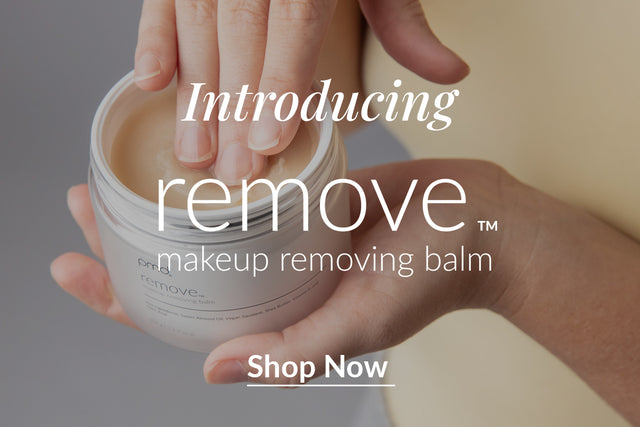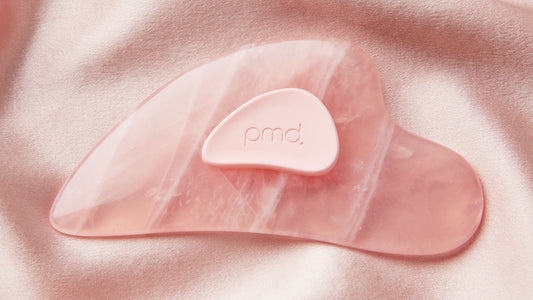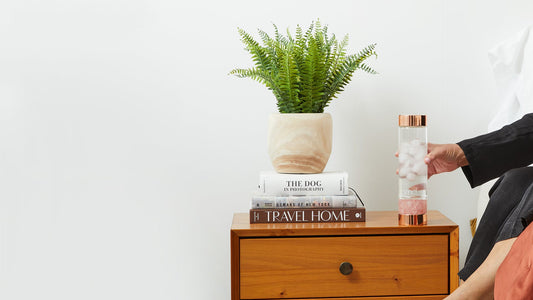Could constant breakouts actually be pointing towards a different, seemingly unrelated, health issue? Through face mapping, it’s possible to trace acne in specific areas of the face to different body parts.
Face mapping is an ancient Chinese technique that helps pinpoint the cause of breakouts by mapping each section of the face to the health of another body part. This isn’t to say that there are major health issues going on (step away from WebMD), just that making little changes tailored to help different body parts can also improve the skin.
Face mapping can get pretty specific, down to almost every organ. But at the end of the day, there are five general areas to keep an eye on.
1. The Forehead
Having acne scattered across the forehead generally means there’s an issue with the stomach and digestive system. Whether it’s a reaction to a particularly sugary food or related to slow digestion, a diet change can usually help.

What to Do:
Stay away from excess amounts of sugar and replace the junk food with healthier alternatives. Adding foods that help with digestion, like yogurt and bananas, is also a good idea. And of course, drink as much water as possible. For extra hydration, try incorporating products that help lock in moisture, like a soothing toner.
2. The Cheeks
The cause of breakouts on the cheeks can be tricky to pinpoint since it’s a common place to touch and apply makeup. Many experts link acne in this area to the respiratory system though. This could mean possible problems with allergies, poor air quality, or even asthma.
What to Do:
Getting a bit of fresh air can really do wonders for health and the skin. Since this area is impacted by multiple factors, another major key in preventing acne on the cheeks is to take extra care of this area. Getting a deeper cleanse with products like the PMD Clean really help to make sure all the makeup and dirt from the day is out of the pores.
3. In Between the Brows
This little spot is actually an indicator of the liver’s health. If acne starts appearing in between the brows it usually points to a diet that isn’t liver friendly. This area also tends to break out as a reaction to food allergies.
What to Do:
Drinking less and cutting down on sodium can drastically help with liver health. Also paying attention to how the body reacts to certain foods is a great start at finding out about possible food allergies.
4. The Nose
The nose tends to collect oil throughout the day, but having acne right on the tip of one’s nose actually ties to heart related stress and issues. While it sounds serious, this can be anything from not having enough Vitamin B to simply eating too many foods that cause heartburn.

What to Do:
Make sure to eat foods that are good for the heart’s health like fish, sweet potatoes, and nuts. Also incorporate aerobic exercise into a workout routine to help promote healthy blood flow to the heart. Choosing a cleanser that is gentle enough for this sensitive area is another useful tip.
5. The Jawline + Chin
Seeing little blackheads pop up around the jaw and chin is a very common sign of stress. It can also indicate a hormonal imbalance, many women tend to breakout in this area during their menstrual cycle.
What to Do:
Take a minute and breathe. Find a way to destress, get enough sleep, drink more water than usual, and make a plan to work on managing stress. Also having an at-home spa night with a device like the Personal Microderm and collagen infused face masks are a great way to take care of the skin.
All of this being said, there are other reasons for recurring breakouts that aren’t based on the art of face mapping. Seeing acne in the same areas over and over can also be traced to a number of bad habits like:
So many different factors affect the skin. Which is why learning the ins and outs of face mapping is such an amazing tool for taking skincare to the next level. But don’t forget, knowing the skincare basics is also majorly important for keeping skin clear.









